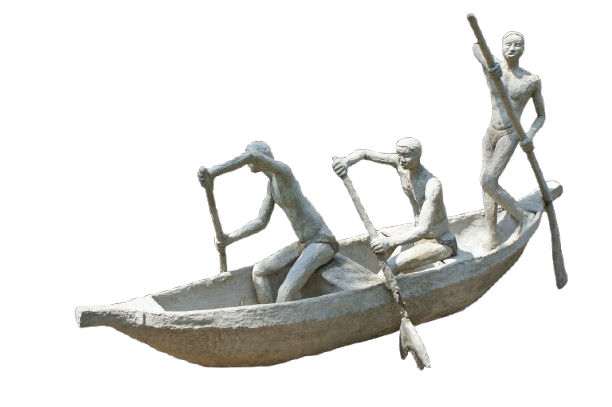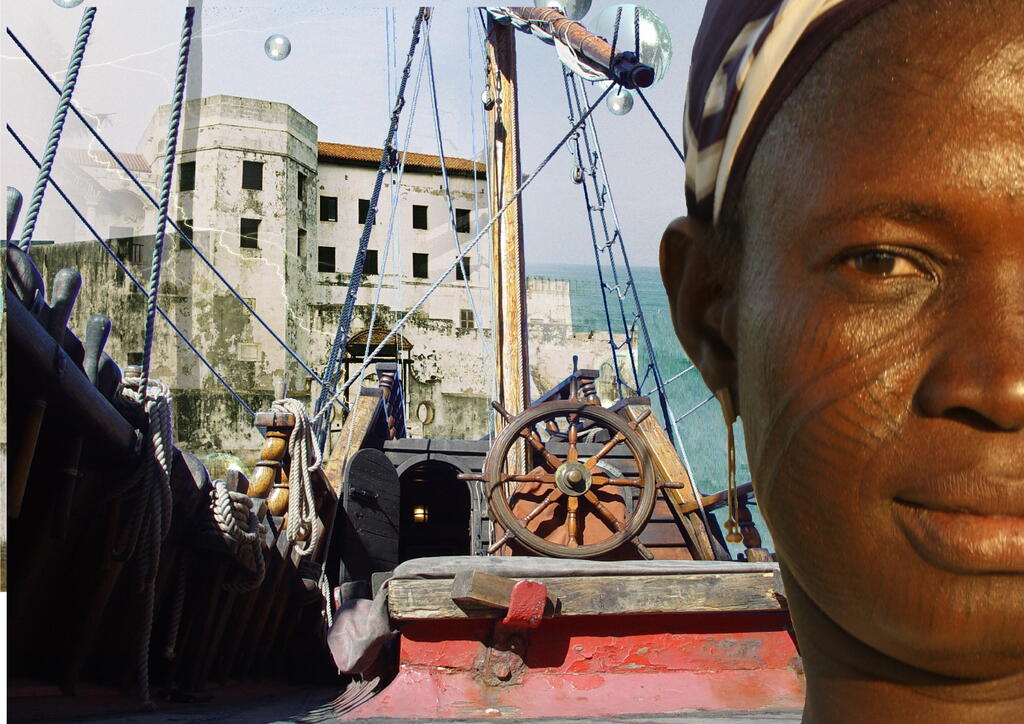The National Museum of Ghana: Preserving the Nation’s Cultural Legacy
The National Museum of Ghana, located in the heart of Accra, the National Museum of Ghana stands as the country's foremost institution for preserving and showcasing its rich cultural heritage. Established in 1957—the same year Ghana gained independence—the museum serves as a gateway into the nation's deep historical roots, artistic traditions, and diverse cultural identities.

Outdoor exhibit at the National Museum of Ghana (c) Remo Kurka
As the largest and oldest museum in Ghana, it plays a vital role in educating the public, inspiring national pride, and preserving centuries of African history and culture for future generations.
A Diverse Collection
The National Museum houses a wide array of collections that span several disciplines, including archaeology, ethnography, textiles, and fine art. Its exhibits are both locally and continentally significant, offering a glimpse into the cultural wealth not only of Ghana but also of other parts of Africa.
In the archaeological section, visitors can view ancient artifacts dating back to prehistoric times. These include tools, pottery, and relics from early settlements that speak to the ingenuity and evolution of societies that existed long before modern Ghana.
The ethnography section is particularly rich, displaying traditional musical instruments, weapons, ceremonial objects, and household tools that highlight the lifestyles, beliefs, and customs of Ghana’s many ethnic groups. Here, visitors gain a deeper understanding of how traditional knowledge systems and cultural practices have shaped contemporary Ghanaian society.
The textile exhibits showcase Ghana’s vibrant tradition of weaving and fabric design, with an emphasis on kente cloth, adinkra symbols, and other indigenous textile arts. Each pattern and color tells a story, often reflecting social status, political messages, or historical events.
The museum's art collection features both historical and contemporary works, celebrating the creativity of Ghanaian and African artists across different generations. These artworks capture everything from ancestral rituals to modern-day social themes.
A Center for Learning and Identity
Beyond its exhibitions, the National Museum of Ghana serves as an educational resource and a space for critical reflection. It hosts school groups, researchers, and tourists alike, offering guided tours and public programs that encourage dialogue about Ghana’s past, present, and future.
The museum is also a place of identity—a space where Ghanaians can see their heritage honored and preserved, and where visitors can connect with the soul of the country through its material culture. It underscores the importance of knowing one’s history as a foundation for national unity and development.
Rich Cultural Heritage
The National Museum of Ghana is more than a repository of objects; it is a living archive of the nation’s story. Through its carefully curated collections and community-focused approach, the museum continues to educate, inspire, and preserve the rich cultural legacy of Ghana. Whether you're a local resident or an international visitor, a trip to the National Museum offers a meaningful journey through time—one that celebrates the depth and diversity of Ghanaian identity.
Other Museums - Websites, part of Ghana-Net com:

Trans Atlantic Slave Trade (c) Remo Kurka